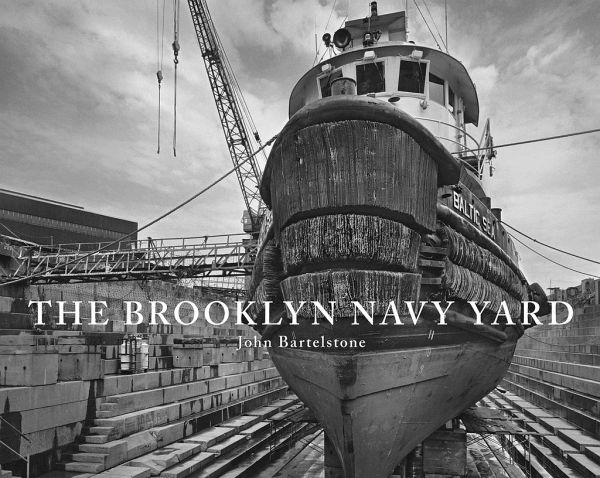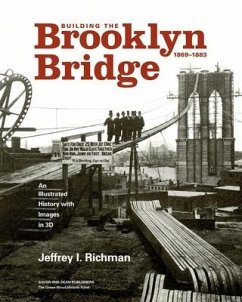
The Brooklyn Navy Yard
Versandkostenfrei!
Versandfertig in über 4 Wochen
36,99 €
inkl. MwSt.

PAYBACK Punkte
18 °P sammeln!
New York City's largest and oldest industrial facility, the historic Brooklyn Navy Yard occupies 250-acres on the East River between the Williamsburg and Manhattan Bridges, and is presently one of New York City's major industrial sites. One of the last remnants of Brooklyn's industrial supremacy, the Yard has experienced tremendous change: functioning from the age of wind to that of diesel. As a cradle of naval evolution, the Yard has had to reinvent itself constantly, and this is made evident by the presence of buildings and structures spanning from the 1830s to the 1950s. The Navy Yard was s...
New York City's largest and oldest industrial facility, the historic Brooklyn Navy Yard occupies 250-acres on the East River between the Williamsburg and Manhattan Bridges, and is presently one of New York City's major industrial sites. One of the last remnants of Brooklyn's industrial supremacy, the Yard has experienced tremendous change: functioning from the age of wind to that of diesel. As a cradle of naval evolution, the Yard has had to reinvent itself constantly, and this is made evident by the presence of buildings and structures spanning from the 1830s to the 1950s. The Navy Yard was shut down in 1966 and reopened again in 1971 when the City of New York bought it with the intention of redevelopment. Great ships are still repaired there, and the Yard, now an industrial park with a variety of manufacturers and light industries, functions as a refuge from a city that has mostly forgotten that a mixed economy is a key to its survival. The Brooklyn Navy Yard, the first monograph by John Bartelstone, offers a quiet and striking look at the Yard as a time capsule of industrial New York. The Yard today is a fusion of the sublime and the practical, with eerie abandoned elements existing side by side with vibrant businesses. Bartelstone's camera is partial to the former. The images show a place out of time, where World War II New York is still palpable. Bartelstone has been photographing the buildings and structures of the Yard since 1994. His photographs are neither a history of the Navy Yard nor a depiction of its role as a modern industrial park; the book instead offers a structured impression of a dreamscape.












